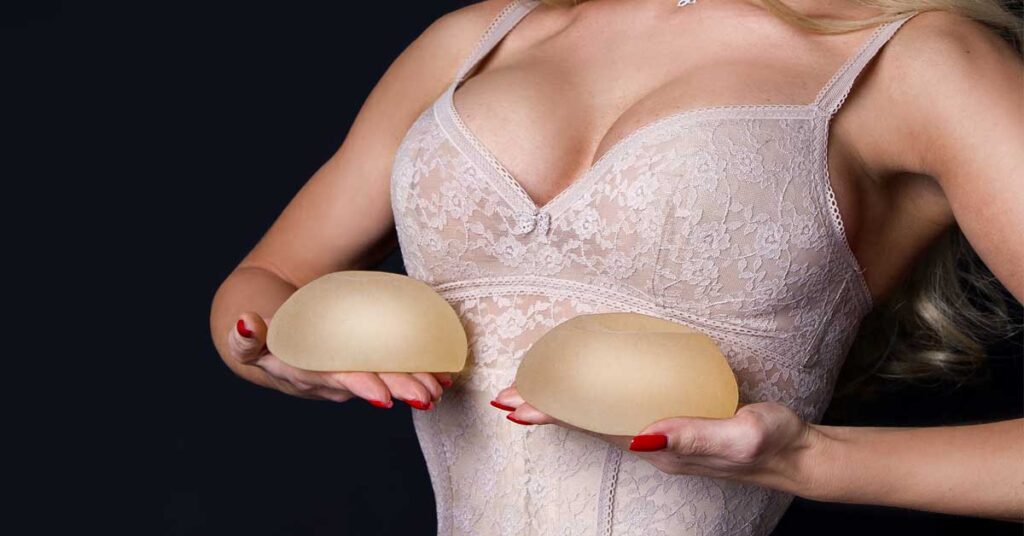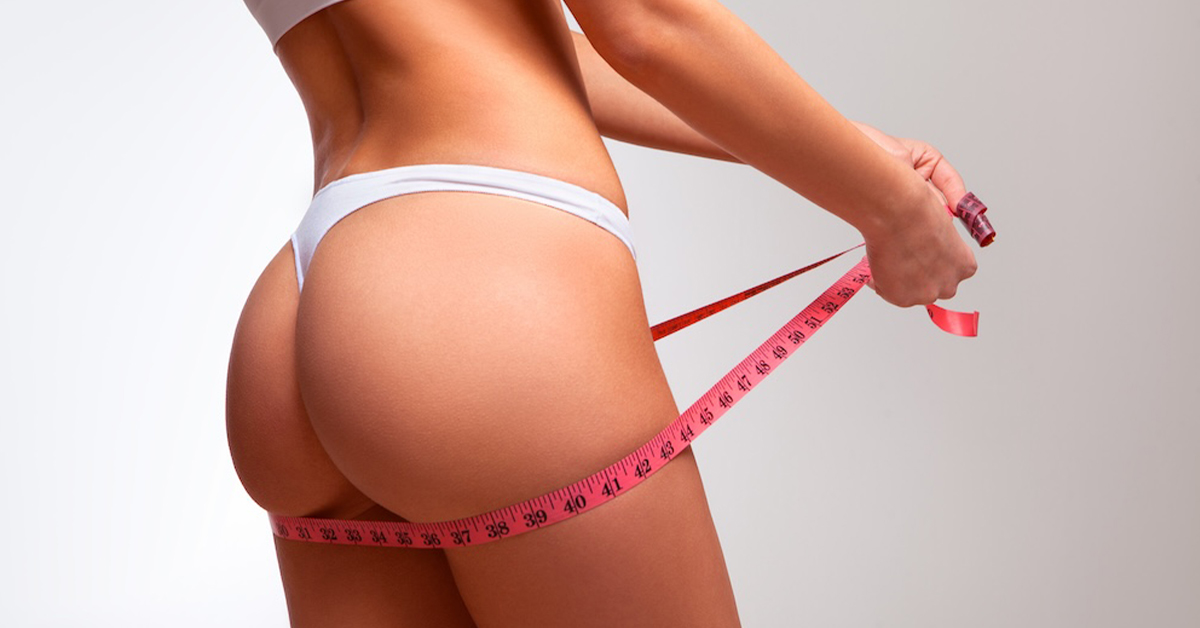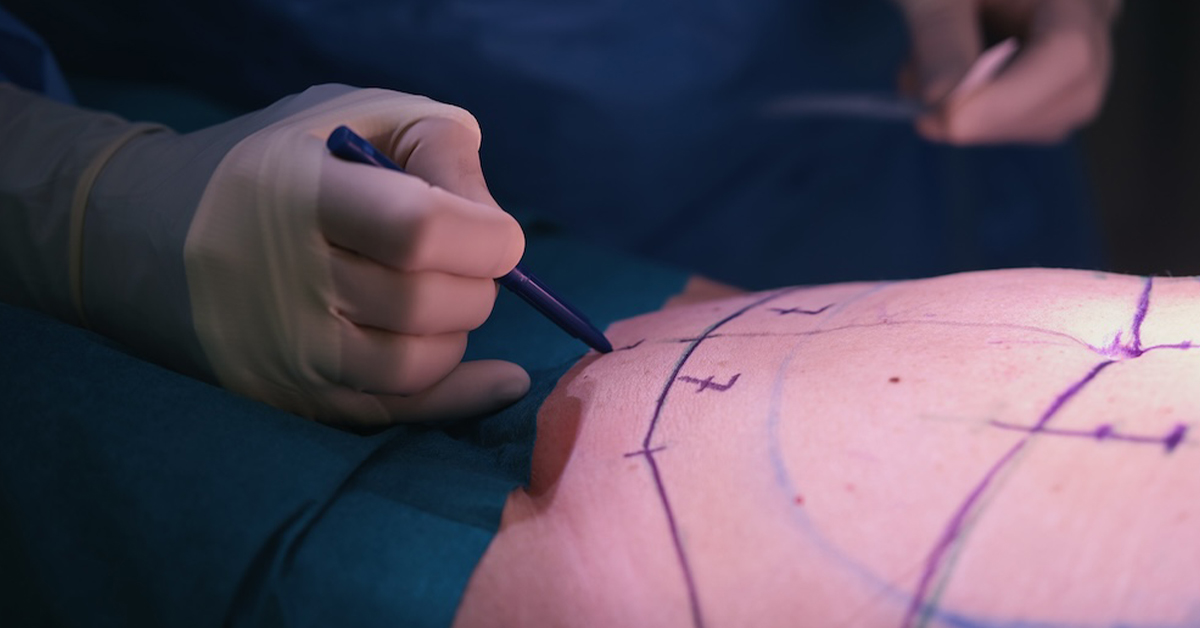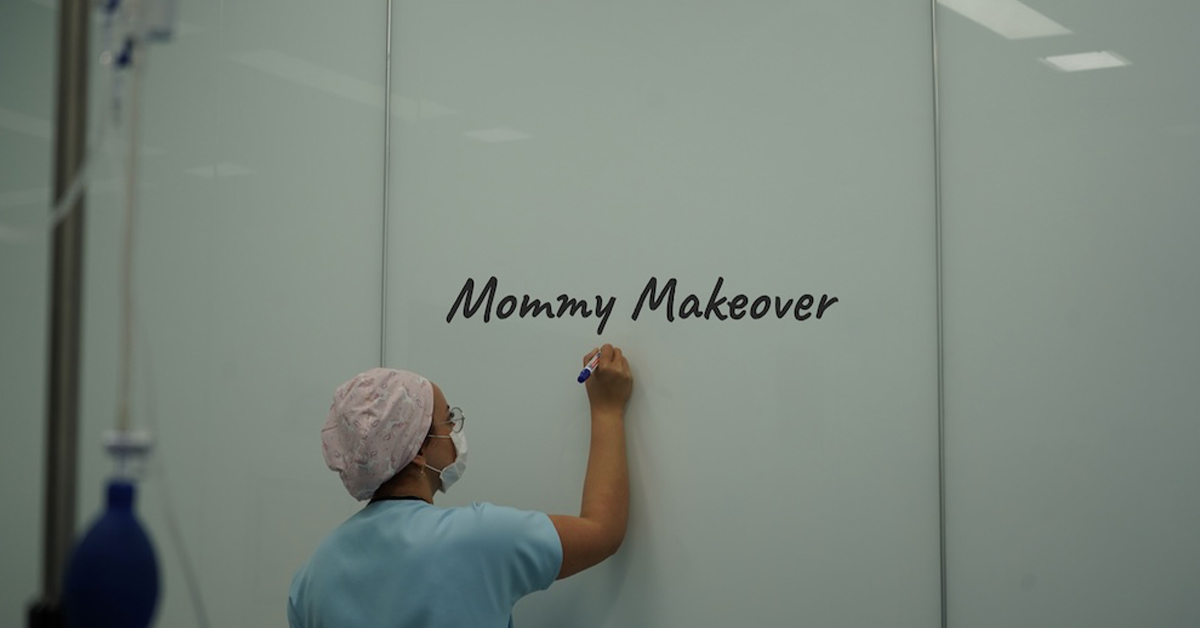Implant Under the Muscle vs Over: What You Need to Know
Breast augmentation, a procedure that enhances the size and shape of the breast, involves key decisions, one of which is the placement of the implant. Understanding the differences between implant placement under the muscle (submuscular) and over the muscle (subglandular) is crucial for potential patients.
This article aims to demystify these options, providing clear, medically-informed insights to help you make an informed decision. Whether you’re considering augmentation for cosmetic reasons or reconstructive purposes, the knowledge of implant placement is fundamental in your journey towards achieving your desired outcome.
Understanding Implant Placement
What is Under the Muscle?
Submuscular implant placement involves positioning the breast implant beneath the pectoralis major muscle. This method is often recommended for patients with minimal breast tissue or for those seeking a more natural look.
Advantages:
- Natural Appearance: The muscle provides a natural cover, making the implant less noticeable.
- Reduced Risk of Capsular Contracture: Studies have shown a lower incidence of capsular contracture (scar tissue forming around the implant) with submuscular placement.
- Improved Mammography Readings: The placement allows for more accurate mammography screenings.
Considerations:
- Surgery and Recovery: The procedure may involve more discomfort initially, and recovery might take slightly longer compared to subglandular placement.
- Animation Deformity: Movement of the pectoral muscle can sometimes cause the implant to shift, known as animation deformity.
What is Over the Muscle?
Subglandular placement puts the implant directly behind the breast tissue and on top of the pectoral muscle. It’s an option for women who have a moderate amount of breast tissue.
Advantages:
- Less Invasive Procedure: Typically involves less pain and a quicker recovery period.
- No Animation Deformity: As the implant is not under the muscle, there is no risk of animation deformity.
Considerations:
- Visibility and Palpability: Implants might be more palpable or visible, especially in patients with thinner skin or less breast tissue.
- Higher Risk of Capsular Contracture: There’s a reported higher incidence of capsular contracture with this method.
Comparing the Two Methods
Aesthetic Outcomes
One of the primary considerations for breast augmentation is the desired aesthetic outcome, which significantly depends on the implant’s placement.
Under the Muscle:
- Natural Contour: The muscle layer over the implant offers a more gradual slope of the breast, providing a more natural breast contour.
- Reduced Rippling: Less risk of rippling, beneficial in patients with thin skin.
Over the Muscle:
- Fuller Upper Breast: Tends to give more fullness in the upper part of the breast, preferred by some for a more pronounced look.
- Direct Breast Tissue Support: May be more beneficial for patients who require more support in the breast tissue itself.
Recovery and Healing
The recovery process and healing time are also critical factors to consider when choosing between submuscular and subglandular implant placement.
Under the Muscle:
- Longer Recovery Time: As the surgery is more invasive, the initial recovery period may be longer.
- Postoperative Care: Might require more careful postoperative care to ensure proper muscle healing.
Over the Muscle:
- Quicker Recovery: Patients often report less discomfort and a quicker return to daily activities.
- Simpler Postoperative Care: Generally requires less complicated postoperative care.
Risks and Considerations
Potential Complications
While breast augmentation is a generally safe procedure, understanding the potential risks associated with each method of implant placement is crucial.
Under the Muscle:
- Capsular Contracture: Lower risk compared to over the muscle, but still a possibility. It involves the hardening of the tissue around the implant.
- Sensation Changes: There may be temporary or, in rare cases, permanent changes in nipple sensation.
- Risk of Implant Displacement: Due to muscle movement, there’s a slight risk of implant displacement over time.
Over the Muscle:
- Higher Risk of Capsular Contracture: This method has shown a higher incidence of capsular contracture.
- Visible Rippling: Particularly in women with less natural breast tissue, the implant edges might be more visible.
- Interference with Mammograms: Can sometimes make breast cancer screening more challenging.
Long-Term Effects
Understanding the long-term effects of each implant placement method is key to making an informed decision.
Under the Muscle:
- Better Long-Term Aesthetics: Often maintains a natural look for a longer period.
- Lower Risk of Revision Surgery: Some studies suggest a reduced need for revision surgery compared to over the muscle placement.
Over the Muscle:
- Potential for Sagging: Over time, the weight of the implant might cause more sagging, particularly in women with weaker breast tissue.
- Revision Surgery: Higher chance of needing revision surgery in the future, especially if complications like capsular contracture occur.
Who is the Ideal Candidate?
Suitability for Under the Muscle
Choosing submuscular implant placement is often influenced by certain patient characteristics and desired outcomes.
- Minimal Natural Breast Tissue: Ideal for those with less breast tissue, as the muscle provides better coverage for the implant.
- Looking for a Natural Appearance: Preferred by those aiming for a more natural slope of the breast.
- Active Lifestyle Considerations: May not be ideal for bodybuilders or those heavily involved in chest muscle activities due to the risk of animation deformity.
Key Points:
- Better for thinner patients with less breast tissue.
- Preferred for a more natural look.
- Considerations for those with active lifestyles.
Suitability for Over the Muscle
Subglandular placement can be more suitable for certain individuals based on their anatomy and expectations.
- Sufficient Breast Tissue: Women with more natural breast tissue can opt for this method as the tissue effectively masks the implant.
- Desire for More Pronounced Cleavage: This method can create a more distinct cleavage line, appealing to some patients.
- Less Active Chest Muscles: Ideal for those not heavily involved in activities that engage the chest muscles.
Key Points:
- Suitable for patients with more natural breast tissue.
- Offers more pronounced cleavage.
- Better for those with less active engagement of chest muscles.
What to Discuss with Your Surgeon
When considering breast augmentation, having an informed discussion with your surgeon is vital. Here are key points to consider:
Key Questions to Ask Your Surgeon
| Question | Importance |
|---|---|
| Which implant placement do you recommend for my body type and why? | Understanding the surgeon’s recommendation based on your anatomy ensures a personalized approach. |
| What are the potential risks and complications of each method? | Awareness of risks helps in making an informed decision. |
| How will each option affect future mammograms and breast examinations? | Ensures proactive planning for breast health post-surgery. |
| What can I expect during the recovery process for each option? | Prepares you for the postoperative phase, aiding in planning and setting realistic expectations. |
| Can you provide before-and-after photos of similar cases? | Visual examples offer a realistic expectation of surgical outcomes. |
Importance of a Personalized Approach
- Individualized Treatment Plan: Each patient’s body is unique, requiring a tailored approach to implant placement.
- Lifestyle Considerations: Your daily activities, occupation, and long-term health considerations should be factored into the decision.
- Aesthetic Goals: Discussing your aesthetic desires will help the surgeon recommend the most suitable option.
Conclusion
In choosing between implant placement under or over the muscle, it’s clear that each option has its unique set of advantages, considerations, and potential risks. While submuscular placement is often praised for its natural appearance and lower risk of complications like capsular contracture, it may involve a longer recovery time.
On the other hand, subglandular placement offers a quicker recovery and more pronounced cleavage but comes with its own set of challenges, such as a higher risk of capsular contracture and visible rippling in some cases.
Ultimately, the decision is deeply personal and should be made in consultation with a qualified plastic surgeon. It’s essential to consider not just the immediate aesthetic goals but also the long-term effects and how they align with your lifestyle and health.
By discussing your options, asking the right questions, and understanding the risks and benefits, you can make an informed choice that aligns with your body type, health, and personal preferences.
Frequently Asked Questions
Generally, submuscular placement may involve more initial discomfort and a longer recovery period due to the muscle being manipulated. In contrast, subglandular placement typically allows for a quicker recovery with less pain, as the muscle is not disturbed.
Submuscular implants tend to feel more natural and have a more gradual breast slope, which is ideal for patients with minimal breast tissue. Subglandular implants can provide more upper breast fullness and pronounced cleavage but might feel less natural, especially in patients with less breast tissue.
Yes, you can still get mammograms with implants. Submuscular placement generally allows for easier and more accurate mammography readings, whereas subglandular placement may make it slightly more challenging to visualize all breast tissue.
Many women with breast implants can breastfeed successfully. The ability to breastfeed depends more on the type of incision and surgery rather than the implant placement. It’s important to discuss this with your surgeon if you plan to breastfeed in the future.
Breast implants are not lifetime devices and may need replacement or removal over time. There’s no significant difference in longevity between submuscular and subglandular placements, but factors like implant type and individual patient characteristics can influence their lifespan.
Breast Augmentation in Miami, FL
To initiate your Breast Augmentation journey in Miami, it’s essential to schedule a consultation with our team. If you’re interested in learning more about the procedure, call us now at (305) 406-9055 or conveniently schedule a consultation online. Our experienced professionals will guide you through the process and address any concerns you may have.








